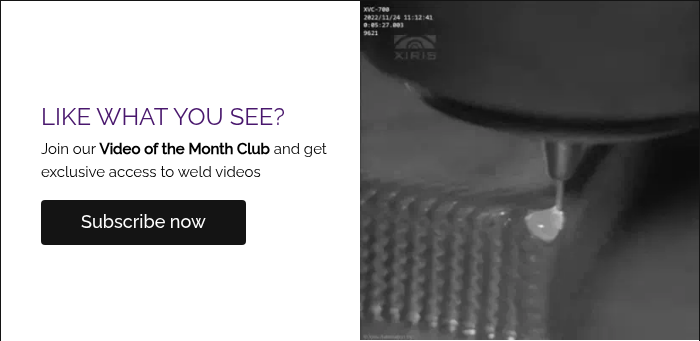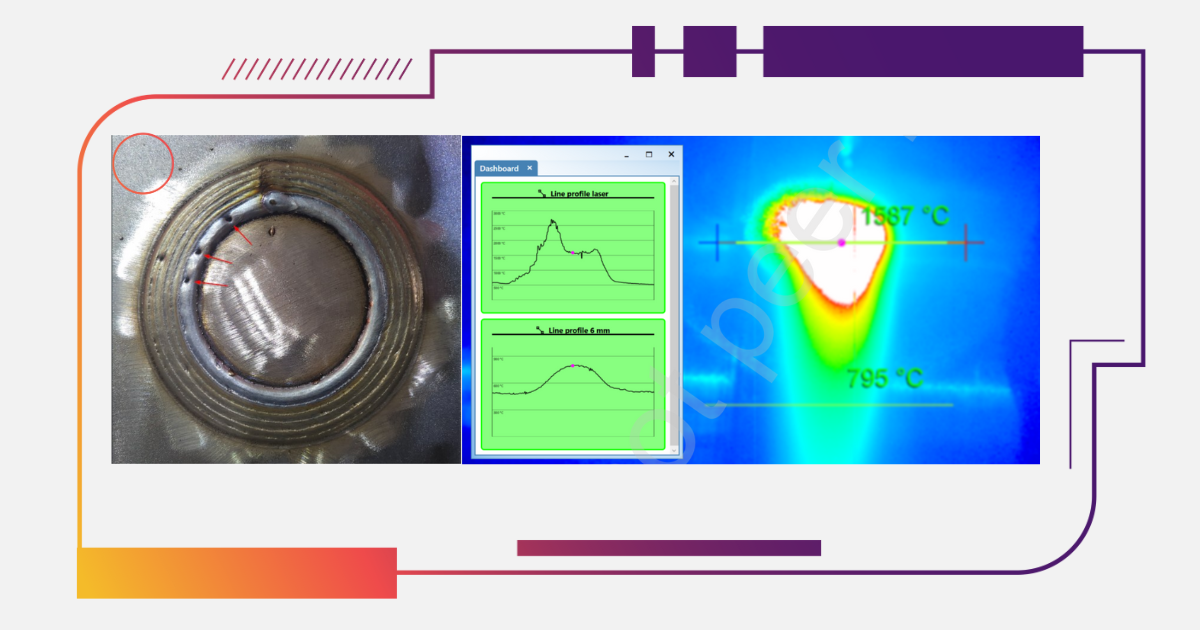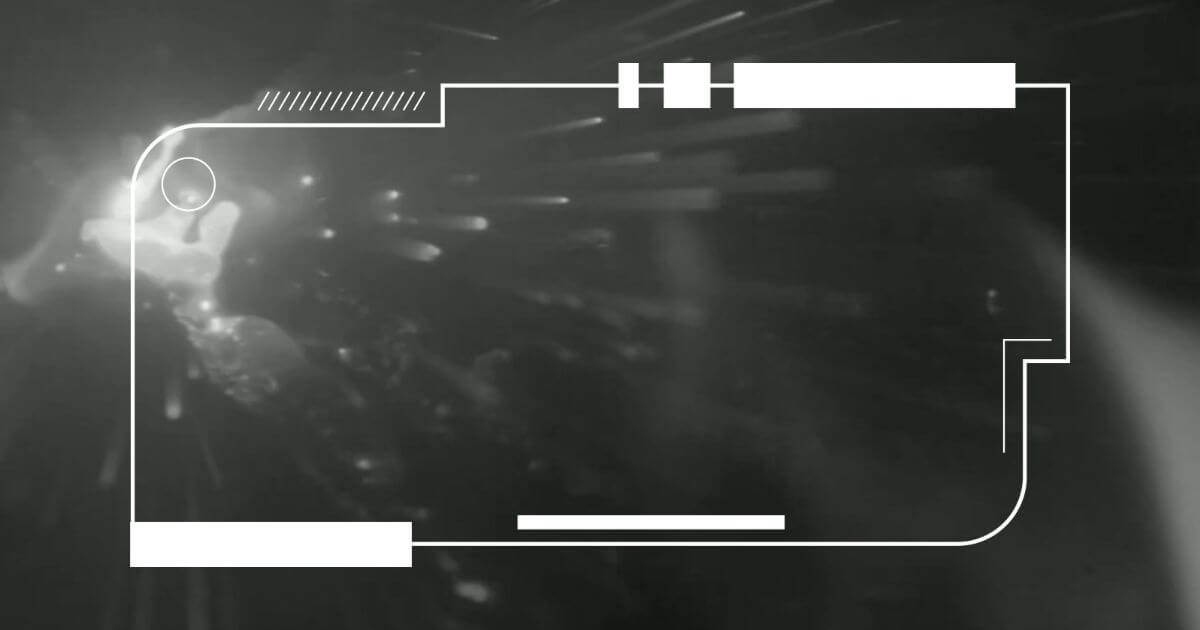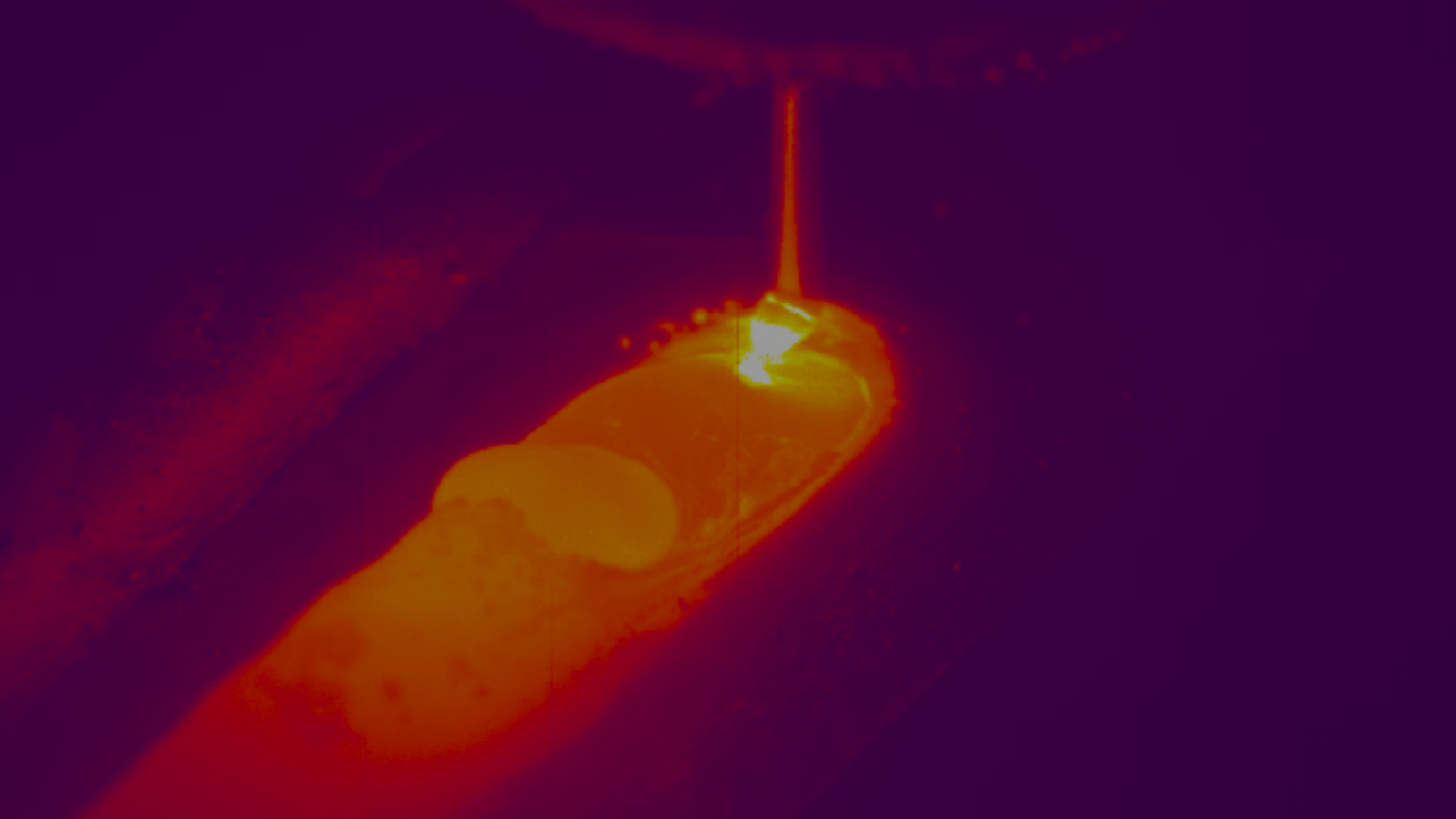Incomplete fusion is one of those welding defects that every welder and engineer eventually has to face. It’s also called lack of fusion and, in simple terms, it means that the molten weld metal doesn’t fully bond to the base metal or to the previous layer of weld.
What makes incomplete fusion particularly frustrating is that it doesn’t always give itself away at first glance. Unlike porosity or spatter, which are easy to spot on the surface, incomplete fusion can sit beneath the weld bead, invisible to the naked eye until it shows up in testing or, worse, in service. A joint that looks fine on the surface may hide areas where fusion never happened, creating weak spots that compromise the structural integrity of the entire weldment.
In this article, we’ll take a detailed look at what incomplete fusion is, why it matters, what causes it, how it can be detected, and the steps you can take to prevent and repair it.
What Is Incomplete Fusion in Welding?
Incomplete fusion is a discontinuity where weld metal fails to fuse with the base material or between adjacent weld beads. In practice, it shows up most often along the sidewall of a groove weld, between multiple passes in a multilayer joint, or at the root where penetration is most challenging. Unlike a simple surface blemish, this type of defect represents a physical lack of bonding. The metal on one side and the metal on the other never truly became one, which leaves behind a sharp boundary line that can act like a crack starter.
Causes of Incomplete Fusion
Incomplete fusion is tied to how welding parameters, techniques, and joint conditions interact during the process. When the arc doesn’t deliver enough energy to melt the joint edges, or when the torch angle directs heat away from critical areas, fusion simply doesn’t occur. Add in issues of contamination or poor fit-up, and the likelihood increases. Let’s break down some of the more common causes of lack of fusion.
Heat Input and Travel Speed
The weld pool needs sufficient energy to penetrate and fuse with the joint surfaces. Too low an amperage or voltage, or too fast a travel speed, creates a shallow bead that sits on top of the base metal without bonding. On the other hand, slowing down too much can overheat and cause other defects, so balance is critical.
Torch or Electrode Angle
Incorrect orientation of the torch or electrode directs the arc away from the sidewall or root, leaving those zones unfused. Even a small deviation in angle can cause fusion gaps, especially in groove welds where access is limited.
Process-Specific Parameters
Each welding process brings its own risks. Short-circuit GMAW is notorious for incomplete fusion when heat input is low. GTAW can suffer if filler is not introduced correctly. Stick welding with large-diameter electrodes at low current often produces poor sidewall fusion. FCAW and SAW can both show IF when travel speeds are too high.
Joint Design and Preparation
If the joint doesn’t provide enough access for the arc, fusion will be incomplete. A narrow root gap, a steep bevel, or a poorly prepared surface with rust, oil, or mill scale can all act as barriers to proper bonding. Joint design is as critical as welder technique.
Operator Technique and Human Factors
Finally, welding always depends on the skill of the operator. Inconsistent weaving, poor interpass cleaning, or simply lack of visibility can leave areas unfused. Training and techniques that aim to reduce human error, such as advanced monitoring systems, play a central role in minimizing these causes.
Impacts of Incomplete Fusion on Weld Quality
Incomplete fusion doesn’t just exist in theory has very real consequences for fabrication and long-term service. These impacts go well beyond appearances, influencing costs, project schedules, and the safety of finished structures.
Surface and Visual Concerns
When incomplete fusion reaches the surface, it often shows up as an irregular line at the weld toe or edge. This makes the weld appear poorly executed and raises doubts about what lies beneath the bead. Even a small visible patch is treated by inspectors as a sign that the joint may not be fully reliable.
Structural and Performance Risks
The most serious consequence is reduced structural performance. Sharp, unfused boundaries act like cracks under stress and become sites for fatigue, brittle fracture, or stress corrosion. Because even small unfused areas can threaten long-term reliability, addressing this defect is treated as a high priority.
Rework and Added Costs
One of the first impacts fabrication shops face is the cost of repairing incomplete fusion. Defective welds must be ground out, cleaned, and re-welded, which consumes time, consumables, and labor. On large projects, repeated rework quickly leads to schedule delays and budget pressure.
How to Detect Incomplete Fusion
Detecting incomplete fusion is often more challenging than preventing it. Because the defect may hide beneath the surface, relying on visual checks alone is never enough. Effective detection uses a mix of traditional nondestructive testing (NDT) and newer technologies like camera-based monitoring that observe the weld as it’s being made. The goal is to catch defects early, either during inspection or in real time, before they affect the entire weldment.
Visual Inspection
When incomplete fusion is exposed at the surface, it can appear as a line or notch at the weld toe or root. Inspectors use magnification and lighting to identify these signs. However, surface-only observation often misses hidden issues.
Radiographic Testing (RT)
X-ray or gamma-ray inspection reveals incomplete fusion as sharp, linear dark areas along the root or sidewall. RT provides a permanent record but requires radiation safety and can be less effective in detecting fusion gaps parallel to the radiation beam.
Ultrasonic Testing (UT)
UT is well-suited for planar defects like incomplete fusion. By sending sound waves into the weld and analyzing reflections, inspectors can locate unfused areas deep inside the joint. Proper technique and calibration are essential to avoid misinterpretation.
Camera-Based Monitoring Systems
High-speed cameras and vision systems now allow welders to observe the arc and pool in real time. These systems capture changes in puddle shape, arc stability, and bead wetting that signal incomplete fusion. By providing immediate feedback, they give welders and supervisors the chance to adjust parameters on the spot, reducing reliance on post-weld inspection alone.
How to Prevent Incomplete Fusion
Prevention begins with a clear understanding of the causes and a commitment to consistent technique. Every parameter, from current and voltage to joint design and cleaning, contributes to whether full fusion occurs. The aim is not perfection in every pass but a disciplined approach that makes incomplete fusion far less likely. Adding modern monitoring tools provides another layer of control, giving teams real-time assurance that fusion is happening as intended.
Optimizing Welding Parameters
Set current, voltage, and travel speed to achieve sufficient penetration without overheating. Reference procedure qualification records (PQRs) and follow WPS guidelines to maintain consistency.
Correct Technique and Angles
Maintain torch or electrode angles that direct the arc into the joint sidewalls and root. Good access and comfortable positioning help welders sustain proper technique.
Proper Joint Design and Preparation
Use bevel angles and root openings that provide access for fusion. Clean surfaces thoroughly to remove oil, rust, or scale that might prevent bonding.
Interpass Cleaning and Discipline
Remove slag and spatter between passes to ensure new weld metal bonds with the layer beneath. This step is simple but often overlooked.
In-Process Monitoring and Camera Systems
Integrating weld cameras and monitoring software allows for immediate observation of the arc and pool. These systems flag issues with bead wetting or pool behavior that indicate fusion problems. By responding to this data during welding, operators reduce the chances of costly post-weld repairs.
How to Repair Incomplete Fusion
Even with the best practices, incomplete fusion can sometimes occur. In those cases, repair is a priority. The defective area must be removed and re-welded with corrected parameters and techniques.
Grinding or Gouging Out the Defect
The first step is mechanical removal. Grinding, chipping, or air-carbon arc gouging is used to expose fresh metal and eliminate the unfused zone completely.
Rewelding with Correct Parameters
After preparation, the joint is rewelded. Attention is given to proper heat input, torch angle, and travel speed to ensure full bonding this time around.
Post-Repair Inspection
The repaired area is inspected again, typically with VT and UT or RT, to confirm that fusion is complete. In some facilities, weld cameras are also used during repair welding for extra assurance.
Conclusion
Incomplete fusion is one of the most critical welding defects because it strikes at the heart of what welding is meant to achieve: complete bonding of metals into a single, reliable joint. While it can be costly and sometimes hard to detect, it is also one of the most preventable defects when parameters, technique, joint design, and preparation are carefully controlled. Modern camera-based monitoring systems add a powerful layer of prevention, letting teams watch fusion happen in real time rather than waiting for post-weld inspections.
Practical tools like Xiris monitoring systems and weld cameras make this work easier, offering real-time insights that support consistent quality. With these approaches in place, incomplete fusion becomes less of a recurring problem and more of a controlled variable in welding practice.





.png)


